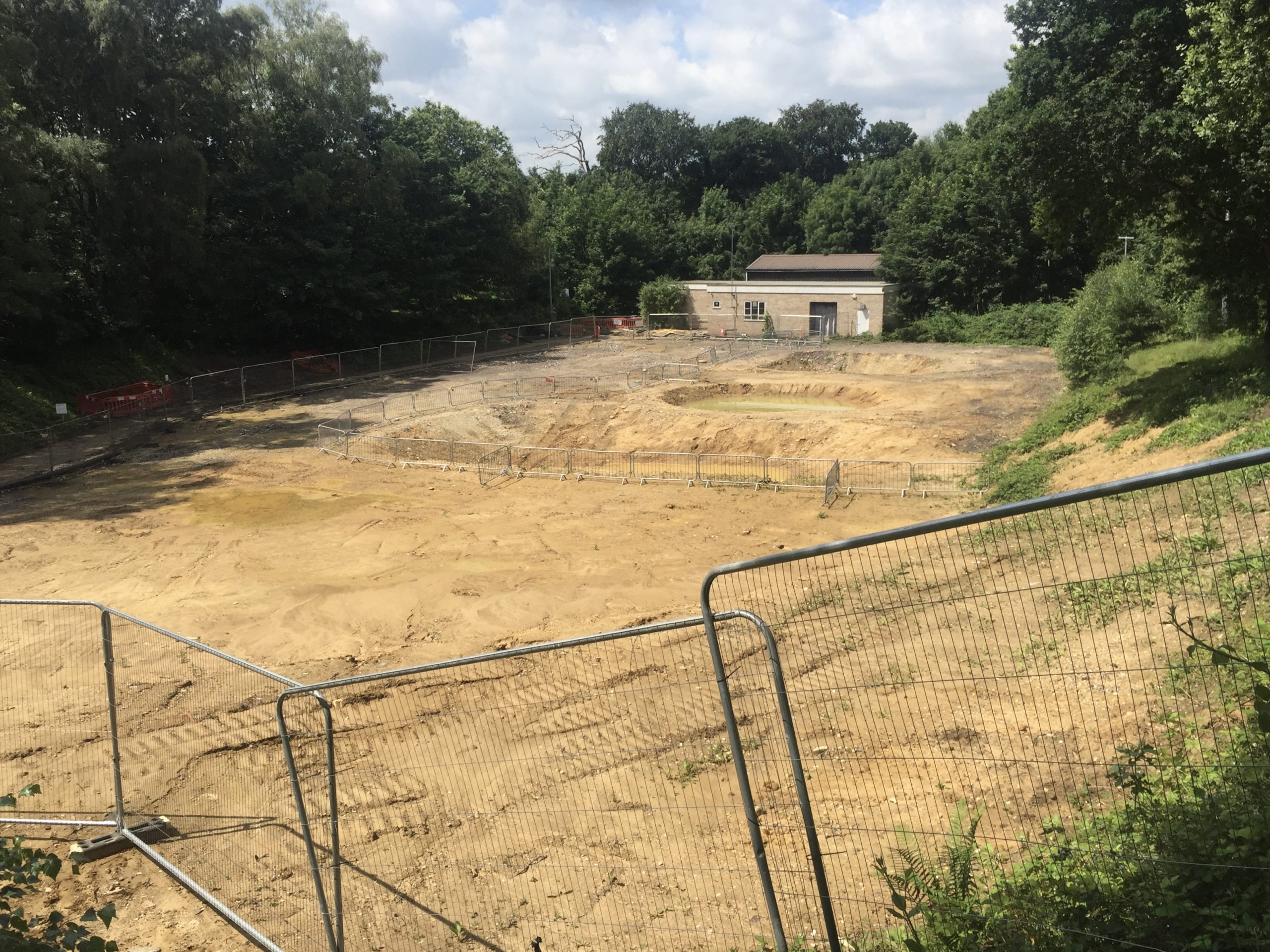A nuclear experimental site used by Imperial College researchers has become Britain’s first to be fully decommissioned in UK nuclear history under modern regulatory controls.
The Imperial College Reactor Centre (ICRC) at Silwood Park, Ascot closed in 2012. It was delicensed by the Office for Nuclear Regulation (ONR) after more than a decade of work to defuel and then decommission the facility.
Part of Imperial College London, the ICRC has now been assessed by ONR as posing no danger to the public, and no longer requires ONR regulatory controls.
It is the first UK reactor site to be completely delicensed under modern regulatory controls, in April 2022.
The Imperial centre is only the third UK reactor site in history to be fully decommissioned, and its land has now been returned for alternative use.
ONR inspectors recently assessed the site’s final Environmental Management Plan and are content that the concluding decommissioning work, including asbestos surveillance and landscaping, has been completed.
As a result, ICRC is no longer subject to regulations under the Environmental Impact Assessment for Decommissioning Regulations (EIADR) 1999.
Ian Phillips, ONR’s Head of Safety Regulation for Decommissioning, Fuel and Waste sites, said: “This is a milestone in UK nuclear decommissioning history, as well as a testament to the hard work that has been put in at the Imperial College Reactor Centre to reach this final end state.
“It represents the conclusion of a 65 year journey for the ICRC. It can now be recognised as the country’s first ever fully decommissioned reactor site under modern regulatory controls – a fantastic accomplishment.
“Our regulatory oversight ensured that all necessary conditions involved in the defueling, decommissioning, demolition, and delicensing process were realised to meet the high standards we demand in order to maintain the ongoing safety of workers and the public.”
The ICRC was constructed in the early 1960s and the consort reactor achieved criticality in 1965.
It was a small research reactor (100 kW) which was moderated, cooled, reflected, and partially shielded by light water.
Following a significant decline in the volume of research conducted in the facility, the reactor started being shut down 13 years ago.
Defueling was completed in 2014 and 31 fuel elements were removed and transported to Sellafield in Cumbria for interim storage pending reprocessing.
Decommissioning of the reactor and surrounding bioshield was completed in February 2020, and the demolition of all building structures, removal of the base slab and below ground services finished in April 2021.
Trevor Chambers, former head of the centre, said: “Imperial College London is indebted to the Reactor Centre team who provided deep technical and operational oversight throughout the project, as well as support contractors and the site Nuclear Safety Committee for their dedication.
“Releasing the site from regulatory control has created a recreational space at the heart of Imperial’s Silwood Park eco-campus, which may now be used without restriction by staff and students at the forefront of biodiversity science and policy.




